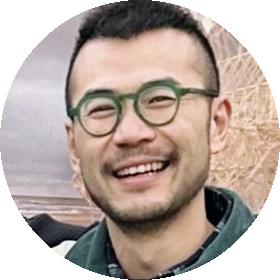
Rural migrant workers form a third social group, besides and in spite of the government’s dual structure of the Hukou system. They are people of rural origins but employed in the cities, formally or informally. Because of their rural Hukou identity they do not have full access to urban welfare services. Meanwhile, most of them have lost their rural possessions, such as land rights or farming capacities.
Great in number and broad in distribution, the rural migrants are notably heterogeneous. Under certain circumstances they settle in groups with great density, forming communities with unique spatial and cultural expressions. Cheng Zhong Cun, or Urban Villages, is a term used to describe such communities.
Though varied in types, urban villages are usually areas with rural land titles that are gradually surrounded by administratively urbanised land. Before being urbanised, they are not constrained to the urban building codes. The village landowners then build apartment buildings as highly and densely as possible and put them on the rental market at a very competitive price. This makes the urban villages very crowded and sometimes they even become isolated, unpleasant enclaves for the poor and the gangsters.
Urban villages can be seen in most of China’s mega-cities as well as in the urbanising city-regions. Shenzhen has a variety of urban villages and has a rich tradition of research into them.
URBANUS Architecture and Design, a Shenzhen/Beijing-based architecture studio, have been studying Shenzhen urban villages since 2005. They have published books, curated exhibitions and made designs for Shenzhen’s urban villages and their transformation. Mary Ann O’Donnell, an American ethnographer, is known as an expert on urban villages in Shenzhen. She has been doing anthropological research in Shenzhen for two decades, and is leading several influential projects, such as Baishizhou Special Forces, a project that does creative interventions in urban villages.

